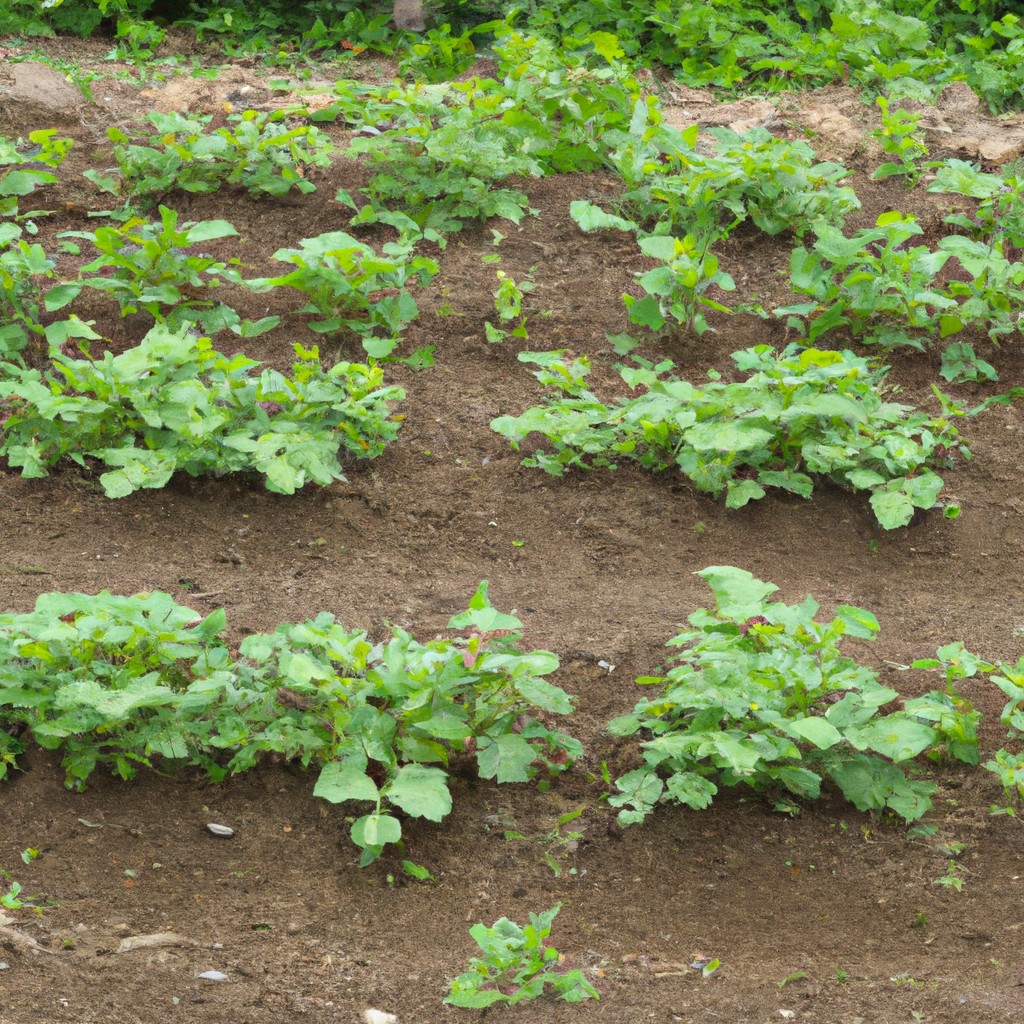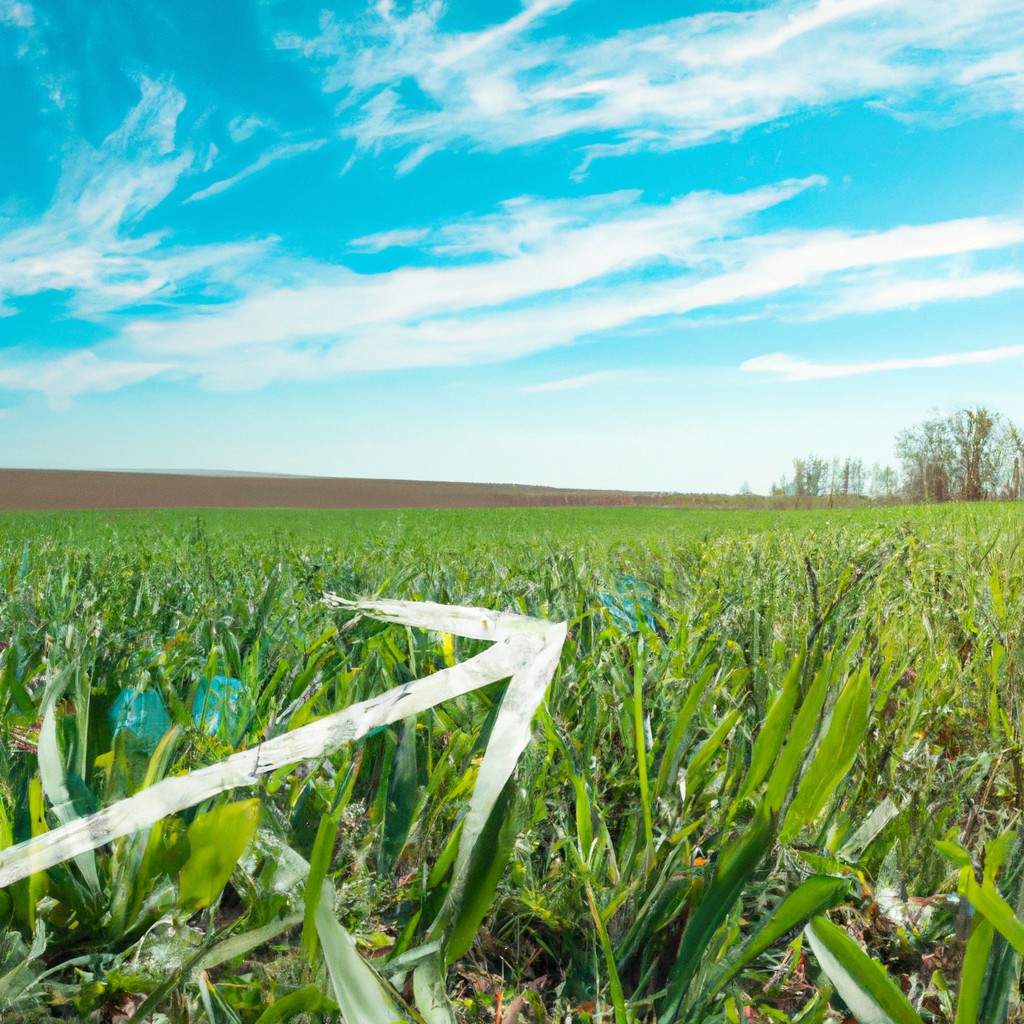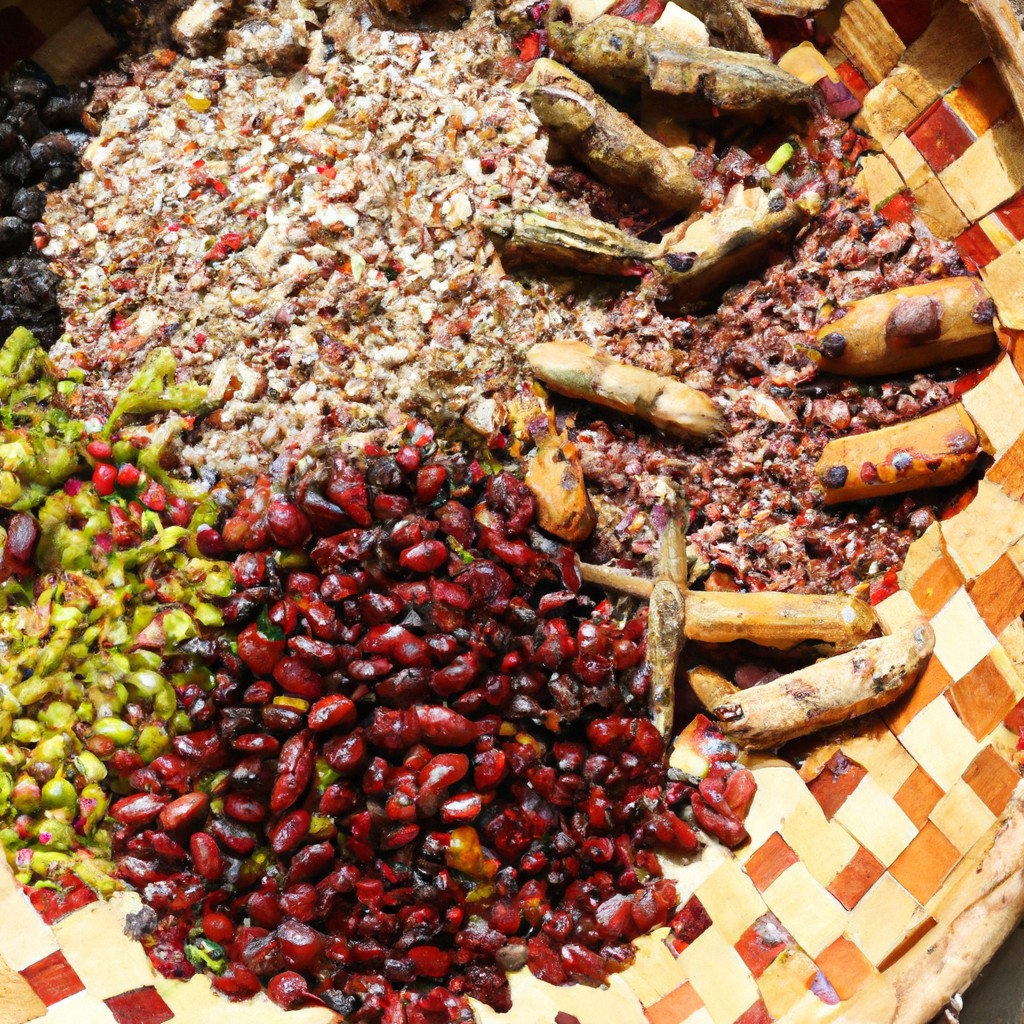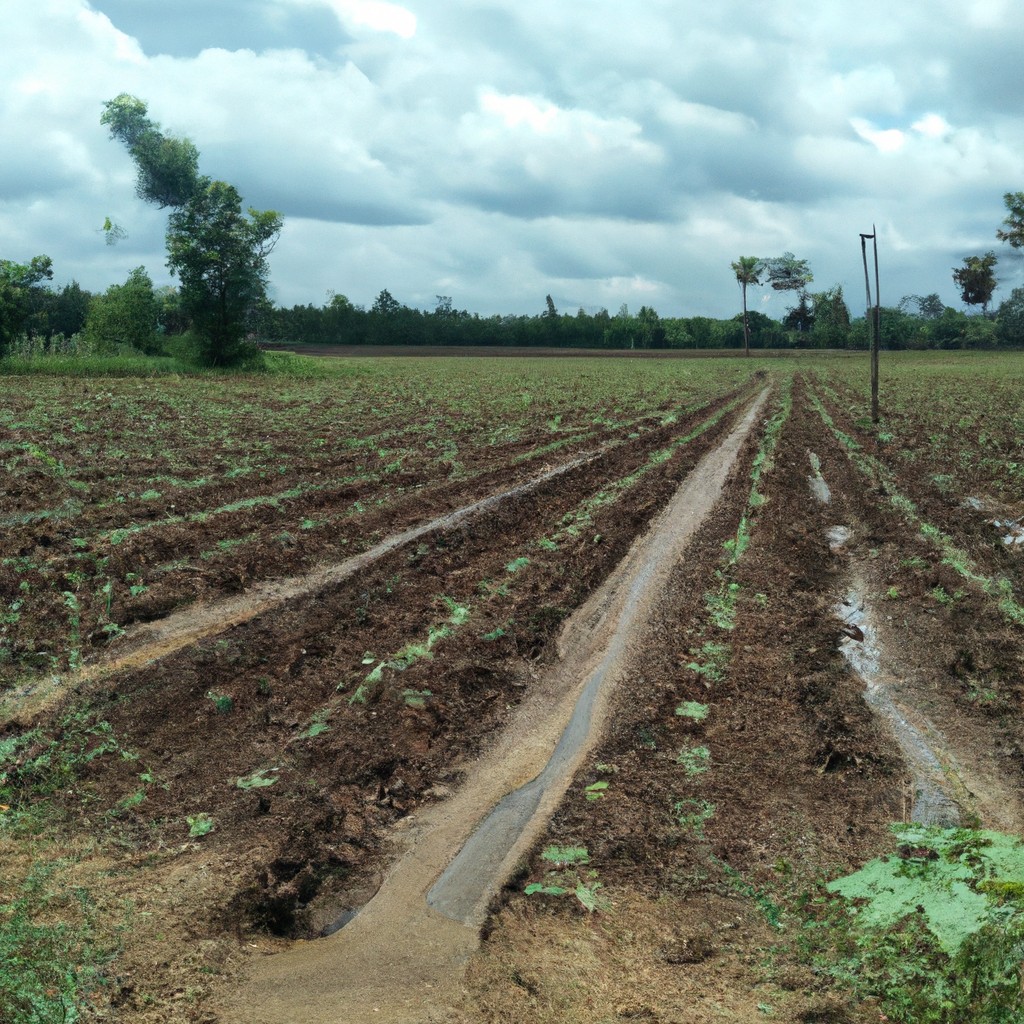Discover how restoration agriculture rejuvenates land and boosts biodiversity through sustainable farming techniques.
Look Inside:
Ecological Benefits of Restoration Agriculture

Nature’s comeback tour! That’s what happens when restoration agriculture takes the stage. We’re talking about ecosystems that don’t just bounce back—they boogie back.
First up, it increases biodiversity. Imagine a wild animal kingdom cocktail party. Deer hang out with rabbits, bees dance around fruiting plants, and soil microbes talk shop. The result? A thriving village of flora and fauna.
Next, it improves soil health like a spa day for the earth. Think of soil packed with yummy nutrients and organic matter, minus the mud masks. This happy dirt enhances water retention, reducing thirst during dry spells.
Carbon sequestration is another headliner. Plants in a restoration system store carbon like it’s going out of style, helping us kick climate change’s backside.
Finally, there’s water regulation magic. With buffers and diverse plant systems, water finds its groove, reducing erosion and singing in harmony to prevent floods.
That’s restoration agriculture in all its harmony and groove, jiving for better ecosystems.
Principles and Practices for Implementation
Here we dive into why restoration agriculture is cooler than a polar bear in sunglasses.
First up, mimic nature. Copycat the ecosystem’s original designs. Polycultures instead of monocultures. A salad bar for biodiversity.
Next, soil-building is key. Think of soil as your farm’s foundation. Composting, cover cropping, and rotational grazing are the superheroes here, boosting soil health and structure.
Don’t forget water management. Create swales and ponds. A farm with water features? You bet! They catch and store the rain, like a saving account for future droughts.
Perennial plants are your farm’s trusty sidekicks. They come back every year without your help. Less work for you, more benefits for the ecosystem.
Lastly, animals and crops should live in harmony like a farmyard buddy cop movie. Integrate livestock to improve soil fertility and weed control, while reducing the need for synthetic inputs.
That’s restoration agriculture’s secret sauce: a symphony of practices tuned to nature’s rhythm.
Examples of Success Stories
Imagine a barren landscape transformed into a lush, productive paradise. Restoration agriculture turns the impossible into the totally-doable.
Take the case of Mark Shepard’s New Forest Farm in Wisconsin. Once a corn-and-soybean dystopia, it now buzzes with biodiversity. His approach? Mimicking nature’s patterns. Rows of hazelnuts, chestnuts, and apples stand shoulder to shoulder with grazing livestock, creating a complete ecosystem that dances to its own tune.
Then there’s the Restoration Agriculture Development model in Uganda. This initiative regenerates degraded land with agroforestry, employing bananas, legumes, and native trees to restore soil fertility faster than you can say “soil superhero.”
And let’s not skip Fazenda da Toca in Brazil. They’re crafting sustainable farming symphonies by blending organic agriculture with permaculture principles. Nuts, fruits, and creativity flourish.
These stories aren’t fairy tales, but blueprints inviting you to imagine rolling up your sleeves and planting hope, one tree at a time.
Challenges and Solutions in Restoration Farming
Restoration farming might sound like a walk through a tree-lined, butterfly-filled meadow, but it’s not all rainbows and sunshine.
Adaptation is key. Farmers must adapt to the local ecosystem, which isn’t always an easy task. Plants may disagree with the climate, and soil might have the nutritional equivalent of a junk food diet.
Pest control can be a royal pain. Who knew bugs didn’t appreciate the eco-friendly memo? Balancing pest control in a natural way without resorting to the pesticide aisle is quite the juggling act.
Economies of scale? More like economies of snail! Scaling up requires significant investment, time, and patience, which might test even a saint’s serenity.
Fear of weeds turning into an unchecked party is real. Keen observation and management are necessary to prevent them from outdoing invited crops.
Regulatory hoops sometimes resemble a never-ending dance-off. Keeping up with rules and regulations can feel like a never-ending tango.
Yet, by embracing diverse planting and integrating livestock, one can find solutions and benefits hidden in the chaos. It’s about finding that harmony, even when nature decides to have a sense of humor.
Future of Restoration Agriculture
Picture this: A world where farms resemble lush landscapes painted by Mother Nature herself. Restoration agriculture is driving towards a future that’s greener than Kermit the Frog after a spa day. Here are a few seeds of thought on where things might be headed:
Science and tech will romance each other over brunch, bringing us drones for precision planting and soil sensors that whisper sweet nothings about nutrient levels. Imagine farms where farmer and machine are BFFs.
Diverse crop systems will rise like a veggie-powered superhero league. Forget monoculture—think polyculture powerhouses, where fruit trees, legumes, and grains form a magical conga line of biodiversity.
Communities will become the Taylor Swift of farming, singing songs about resilience and delicious local food. Farmers and neighbors will shake it off with social enterprises and local markets.
Global policies will eventually catch the green wave, encouraging eco-friendly practices and rewarding those reducing carbon footprints—hey, it’s about time they joined the party.
Climate resilience will be fashionable. Our agricultural warriors will design systems that bounce back from climate stress like a trampoline for veggies.
With innovation and collaboration, farming will evolve into a symphony of sustainability, playing the greatest hits of restoration agriculture for ages to come. Future farmers, take a bow!




